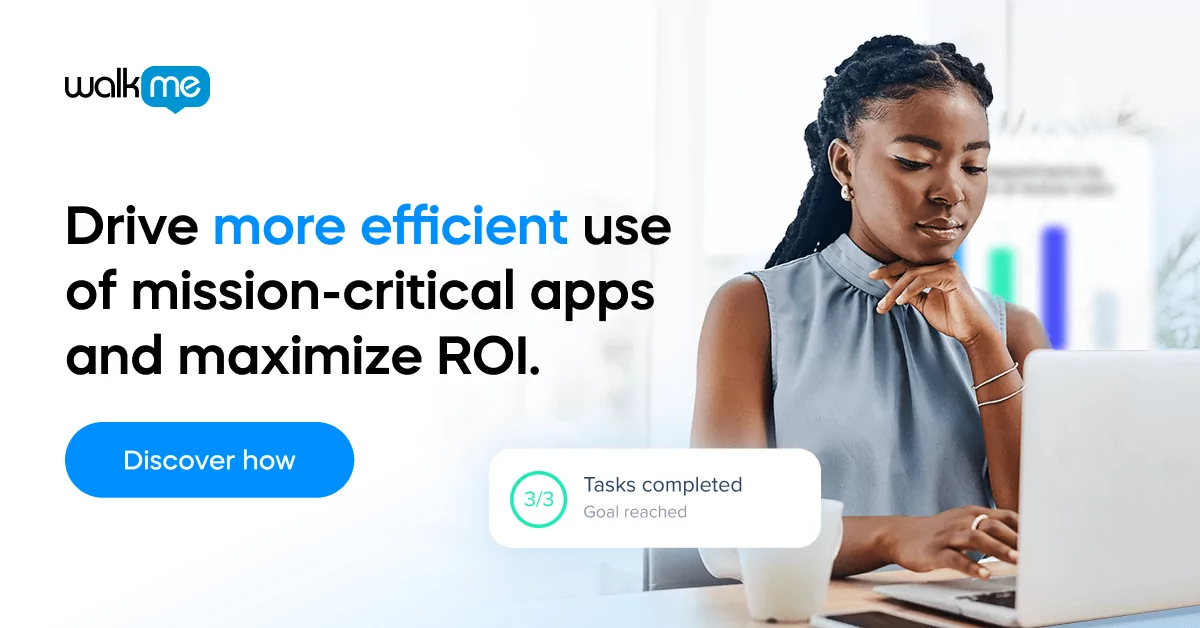Agile software development could very well go down in history as one of the most influential business methods in history.
Agile thinking has spread far beyond software development into a wide range of other business disciplines, from change management to supply chain management to product development.
Regardless of where or how it is applied, business agility typically revolves around the same set of values:
- Continual collaboration
- Customer-centrism
- Responsiveness
When we look at the rise of agile software development and the impact that it has had on the business world, one question arises:
What can agile software development do for me?
When looking at agile software development and its place in the modern organization, we need to start by understanding the shifting role of IT and software in today’s workplace.
Software is not a static set of tools. Unlike physical machines, software evolves rapidly and continuously. This pace of advancement is a primary reason why agile software development came about in the first place.
Before the digital revolution, businesses remained relatively static, in part because technology wasn’t evolving. But now, with digital transformation taking over the business world, organizations must evolve continuously in order to stay successful and competitive.
From this perspective, we can see why agile software development and agile principles have become so popular.
In an economic environment that is characterized by continual disruption and change, agile delivers a laundry list of benefits over standard business practices.
Benefits for customers
Linear approaches to software and product development tend to follow a sequential, inflexible plan. While there is the benefit of simplified internal coordination with this approach, it also has its drawbacks. For one, there is a major risk of developing products and features that don’t align with customers’ needs.
Agile software development overcomes this risk by putting customers first and building processes, products, and features based on customer feedback.
When done properly, this approach results in products that are more:
- Relevant. Teams that plan their activities around user input are more likely to create products and features that actually meet users’ needs. If, on the other hand, design teams develop products behind closed doors without input from actual users in real-world scenarios, there is a greater chance those products will miss the mark.
- Usable. Usability refers to how easy it is to navigate, learn, remember info, and accomplish goals within a product. Naturally, the easier a product is to use, the better the user experience will be and the more likely customer loyalty will grow in the long term. User testing and feedback can indicate where products are succeeding and where they aren’t.
- Enjoyable. While many product developers strive to create a platform that is functional and usable, having a minimum lovable product is just as crucial. Software developers should go beyond creating a product that has the right features—they should also strive to create a something that creates an emotional response.
In short, by staying focused on customers, product developers can stay attuned to what users actually want, rather than what developers imagine they want.
Benefits for the organization
Customers aren’t the only ones who benefit from user-centered agile methods. The organization and employees also stand to gain quite a bit themselves.
A few reasons to invest in agile include:
- Speed. Research from McKinsey showed that, during 2020, highly agile telco companies were able to react around two times faster than companies with no agility. The same principle holds true in other business areas, including software development. Agility gives developers the chance to both act and react at a more rapid pace since they are less tied to a sequential process.
- Resilience. Freedom from set plans and improved responsiveness also bolster resilience. Teams can respond more quickly to setbacks, create new plans and follow through with them, collect data from which they can learn and then apply, rinse, and repeat. On the other hand, linear plans are built for specific conditions and they often fare poorly when those circumstances change unexpectedly.
- Continuous improvement. Although most people associate continuous improvement with lean methods, this idea is also embedded into the Agile Manifesto, the document that popularized the movement.
For reasons such as these, it should be clear why agile has become the go-to business method in the fast-paced world of software development.
The future of agile software development
Perhaps one of the most interesting aspects of the agile methodology is the role of technology. Agile software development applications, such as Jira, are specifically designed to facilitate agile software development and project management.
Yet newer tools, such as no-code platforms, are impacting software development from an unexpected angle—these platforms give non-programmers the ability to create apps.
These “citizen developers” can use no-code platforms such as WalkMe’s DAP to create apps, automate workflows, and perform other tasks that would normally fall on the shoulders of IT teams.
The democratization of software processes through this new category of software accomplishes a few things:
- Non-coders can now innovate with technology, adding their own creativity to a domain normally controlled exclusively by R&D
- IT and R&D teams can spend less time creating customized apps and in-house automation solutions, which can be time-consuming and costly
- No-code platforms can help to develop new apps rapidly, which can bring productivity and performance gains to the organization in a shorter timeframe
No-code platforms have the ability to increase organizational agility, workforce agility, and IT agility.
To learn more about how these tools are reshaping the workplace, check these posts that cover no-code platforms and composability.


